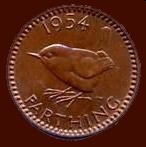








Designed by Nigel G Wilcox






The Paragon Of Metal Detecting
Powered By Sispro1
British Sterling Currency - Numismatics,
Half Guinea
For Reference ONLY
Everything For The Detectorist
Charles II 1660-1685 AD
Royal Monarchy
Copyright All Rights Reserved by Nigel G Wilcox E-Mail: ngwilcox100@gmail.com
INFORMATION - DATA
Pages
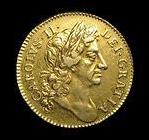
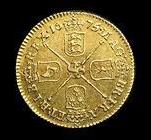
Half Guinea
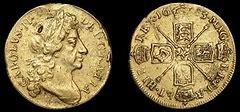
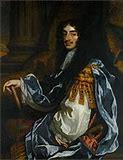
During the reign of King Charles II, the elephant and castle logo of the Africa Company appeared on some coins from 1676 to 1684, although the denomination was produced in all years between 1669 and 1684. The coin weighed 4.2 grams and was 20 millimetres in diameter.
The obverse and reverse of this coin were designed by John Roettier (1631 - c. 1700). The obverse showed a fine right-facing bust of the king wearing a Laurel wreath, surrounded by the legend CAROLVS II DEI GRATIA, while the reverse showed four crowned cruciform shields bearing the arms of England, Scotland, France, and Ireland, between which were four sceptres, and in the centre were four interlinked "C"s, surrounded by the inscription MAG BR FRA ET HIB REX date. To avoid confusion with gilded silver coins the edge was milled to deter clipping or filing-in 1669 the milling was perpendicular to the coin, giving vertical grooves, while from 1670 the milling was diagonal to the coin.
The value of the guinea had fluctuated over the years from twenty to thirty shillings, and back down to twenty one shillings and sixpence by the start of George I's reign. A Royal Proclamation of December 1717 fixed the value of the guinea at twenty one shillings. The value of the half guinea was thus fixed at ten shillings and sixpence (10s6d), or 10/6, in which form it appears on the hat of the Hatter in the story Alice's Adventures in Wonderland.
The obverse and reverse of this coin were designed by John Roettier (1631 - c. 1700). The obverse showed a fine right-facing bust of the king wearing a Laurel wreath, surrounded by the legend CAROLVS II DEI GRATIA, while the reverse showed four crowned cruciform shields bearing the arms of England, Scotland, France, and Ireland, between which were four sceptres, and in the centre were four interlinked "C"s, surrounded by the inscription MAG BR FRA ET HIB REX date. To avoid confusion with gilded silver coins the edge was milled to deter clipping or filing-in 1669 the milling was perpendicular to the coin, giving vertical grooves, while from 1670 the milling was diagonal to the coin.
The value of the guinea had fluctuated over the years from twenty to thirty shillings, and back down to twenty one shillings and sixpence by the start of George I's reign. A Royal Proclamation of December 1717 fixed the value of the guinea at twenty one shillings. The value of the half guinea was thus fixed at ten shillings and sixpence (10s6d), or 10/6, in which form it appears on the hat of the Hatter in the story Alice's Adventures in Wonderland.
Charles II
Main Coin Menu

VIEW ALL MENUS
Member NCMD
6. S. Menu
























